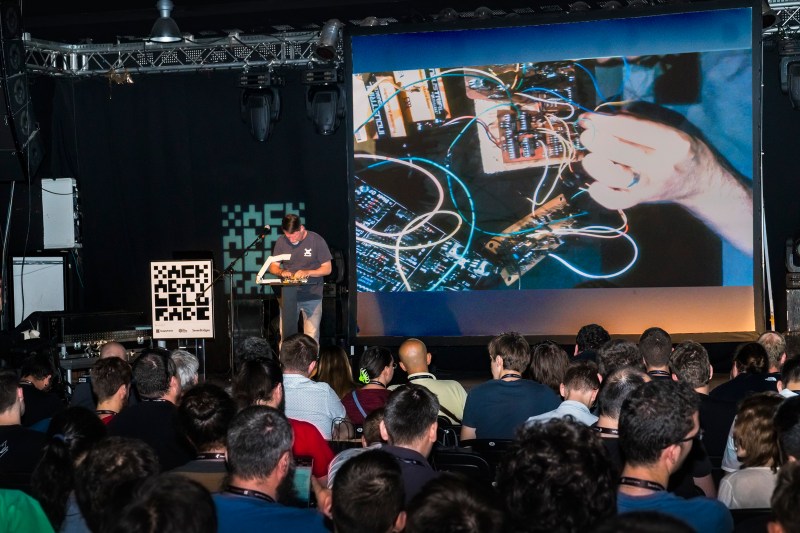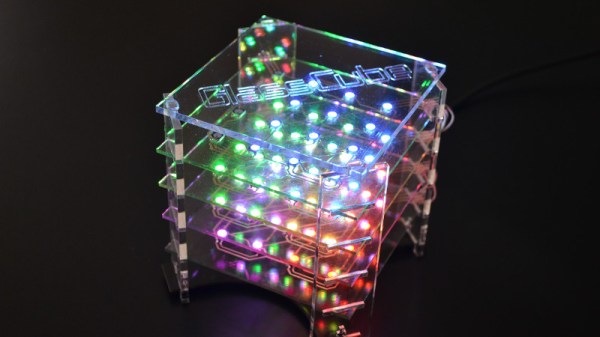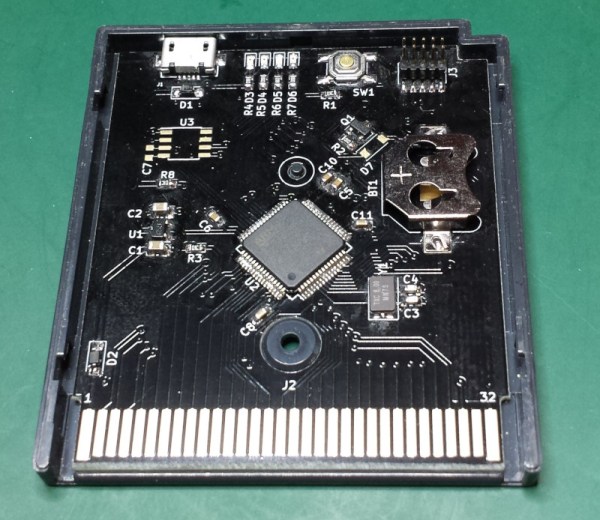Tickets for Hackaday Belgrade 2020 just went on sale. If you’re quick you can grab an Early Bird ticket at half the price of general admission!
Hackaday’s premiere European hardware conference returns for the third time on May 9th, 2020, bringing together talks, workshops, hardware hacking, food and drink, entertainment, and of course the best gathering of hardware geeks you’ll find anywhere. It’s awesome, because you’re awesome — and I do mean you. Whether you’re submitting a talk proposal or just grabbing a ticket to make this the first conference you’ve ever been to, we can’t do it without you.
Hackaday’s Home in Serbia
We’ll be at Dom Omladine again this year. The venue has feels like a home for Hackaday with a large space for talks, a workshop area, and a huge open area for lobby-con where you’ll find Belgrade’s finest baristas, a great spread of food, and a beer tap to keep the day rolling. Bring along your hardware projects to hack alongside the conference’s custom hardware badge designed by Voja Antonic as we open up the bar and get the live IDM sets started.
It’s still early in our planning (these are Early Bird tickets after all) but it’s very likely we’ll have a meetup the night before the conference. Friends old and new often get together on Sunday to keep the fun going. On Saturday, doors for the conference will open around 9 am and the fun will continue well beyond the 2 am “official” end. We recommend you make travel plans to include the full weekend.

Don’t just ask for Friday off of work, bring your friends and co-workers along with you. If you’re most comfortable digging through datasheets while a hot soldering iron idles on your bench and a 3D-printer whirs away in the corner, Hackaday Belgrade is calling you. I encourage those who were at the first two events in 2016 and 2018 to share their stories below.
Don’t miss this one, it only comes around in even-numbered years and tickets will sell out.
Hackaday Belgrade 2020 Posters by Aleksandar Bradic (click for full size download link):






















